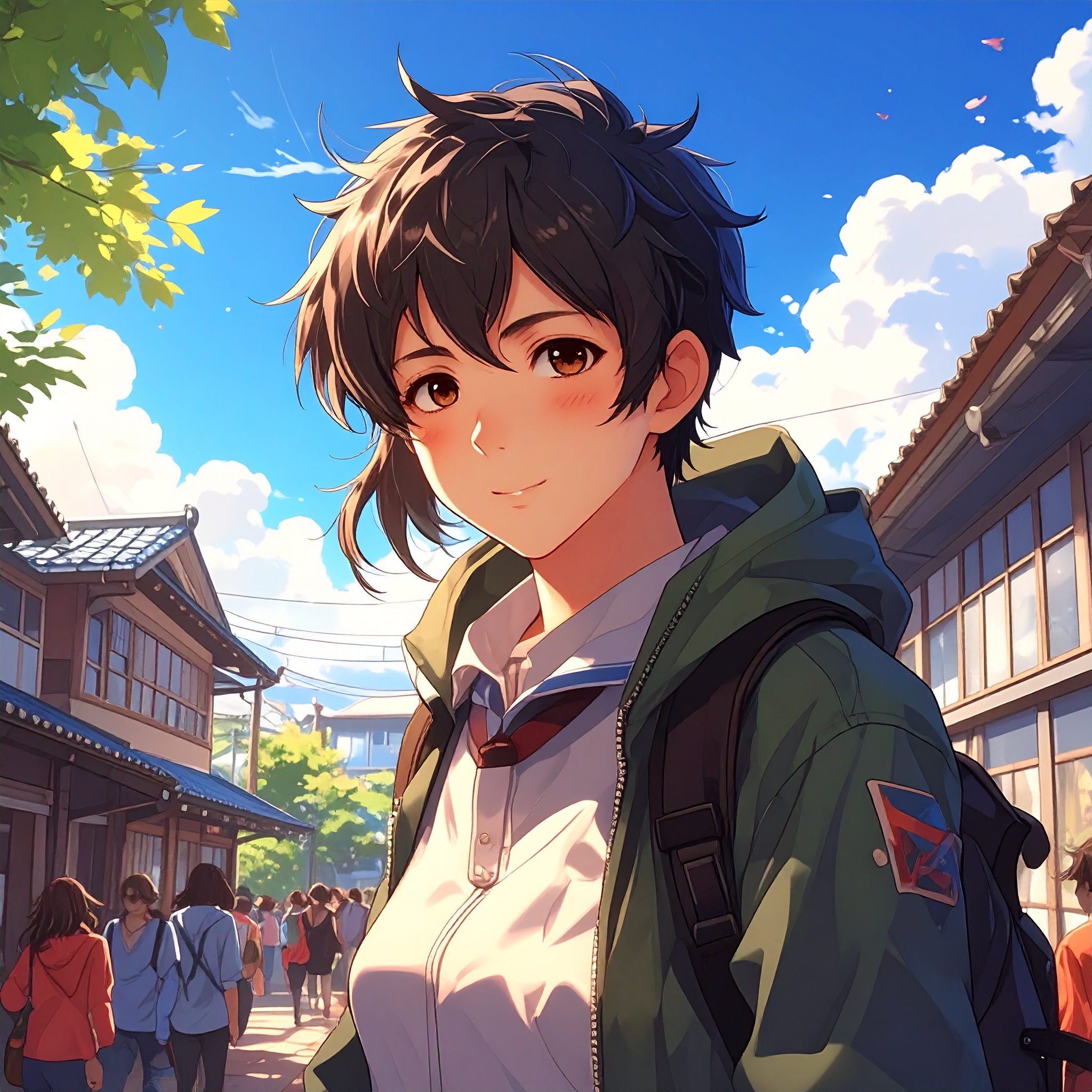Among the many scenes that capture the heart during a journey through Japan, one of the most quietly powerful is that of a local school—students in uniform walking together in the morning light. For many travelers, it sparks curiosity: What is education like in Japan? A unique opportunity to explore this question is through the “School Day Experience,” a hands-on cultural program that recreates the look and feel of a traditional Japanese classroom.
Set in preserved wooden schoolhouses or retro-style classrooms, the experience transports participants to the Meiji, Taisho, or early Showa periods. Desks, blackboards, and textbooks are faithfully recreated, allowing visitors to step into the role of a student. Classes are led by staff dressed as teachers from the era, complete with authentic speech and gestures. Using pencils, calligraphy brushes, or even abacuses, participants learn in the same style as students once did.
Every detail reflects the values embedded in Japanese education—bowing before and after class, greeting the teacher in unison, sitting quietly to listen, taking turns to speak, and being considerate of classmates. These are not just classroom rules; they are social values deeply rooted in Japanese culture. Rather than being taught through explanation, participants feel them naturally by being immersed in the classroom environment.
This experience is not only for children. Adults, too, find themselves reflecting on their own schooling, comparing similarities and differences, and gaining new insights into how Japanese society nurtures its people. Sitting upright, copying kanji on the blackboard, and focusing in silence brings a curious blend of nostalgia and novelty—a meaningful glimpse into the heart of Japanese learning.

The “school day experience” is also popular among families, with parents often sitting beside their children and participating together in the recreated classroom setting. Simple actions like opening a textbook, raising a hand, or responding to the teacher become a shared exploration of a different kind of school life—one that is far removed from everyday routines. These moments often leave a lasting impression, becoming treasured memories that are passed down as part of the family’s travel story.
Many of these programs are part of regional revitalization efforts, making use of preserved historic school buildings. Local residents often serve as guides, adding personal stories and cultural context to the experience. Visitors may find a recreated school lunch area or get to explore playground games from past eras—reminding them that schools in Japan have always been about more than just academics.
Education is a mirror of a nation’s culture. Sitting at a desk, facing the blackboard, and spending a few quiet hours in a classroom offers a different kind of value—one that goes beyond sightseeing or guided tours. Immersing yourself in the atmosphere of a Japanese school, speaking the language, handling traditional tools—it naturally draws you back to the heart of learning. This nostalgic yet enlightening journey through a Japanese classroom is a gentle but powerful way to connect with the spirit of Japan.




